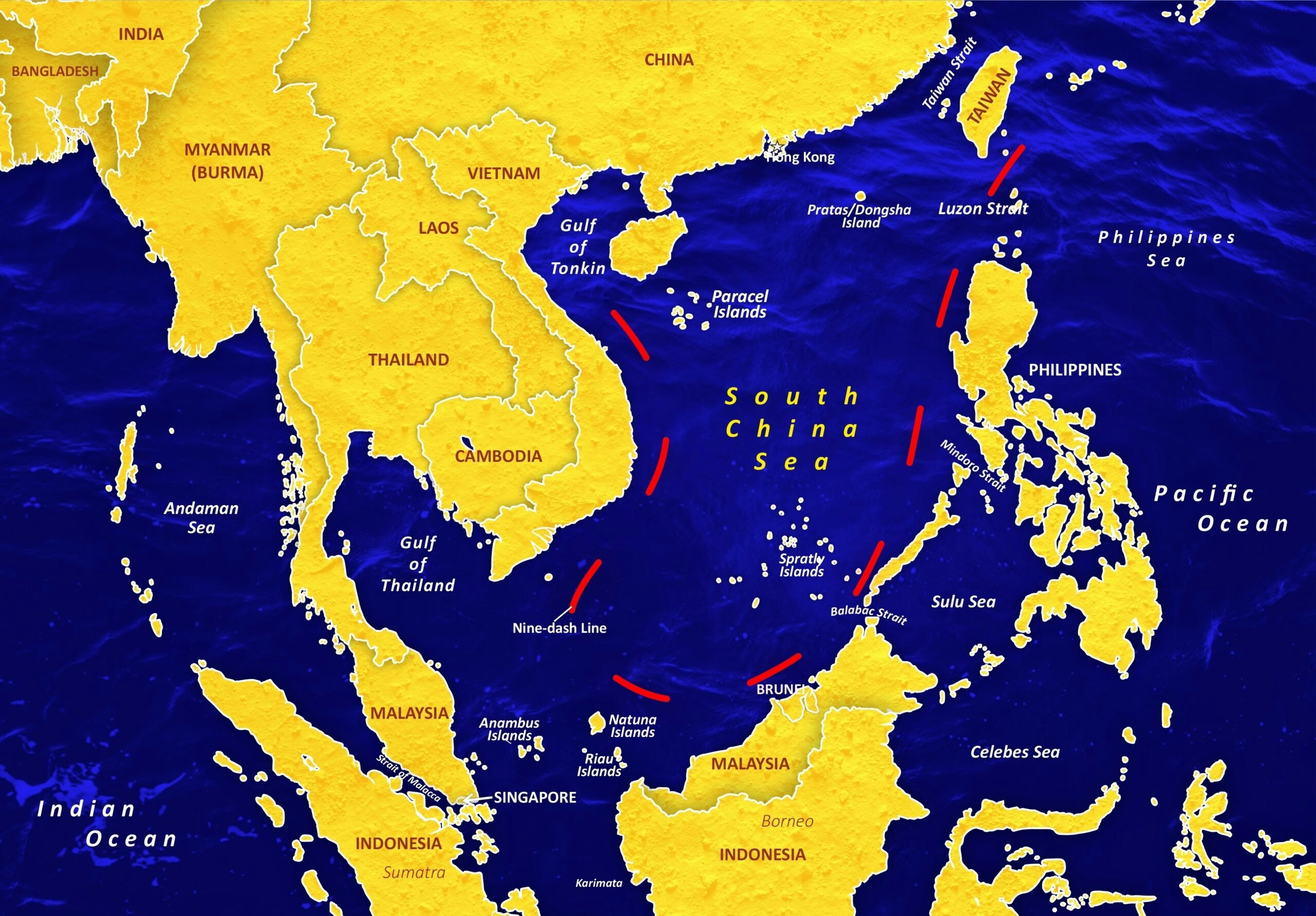The Summit on Peace in Ukraine, held in Switzerland from June 15-16, was a resounding diplomatic victory for Ukraine’s President Volodymyr Zelensky. The summit gathered participants of various levels from 100 states and international organizations — a highly impressive turnout, especially in the face of intense Russian and Chinese pressure to discourage countries from attending it, a claim Beijing strenuously denied.
Eighty summit participants signed a joint communiqué, or statement, calling for a “comprehensive, just, and lasting peace,” based on the United Nations principles of “territorial integrity and sovereignty.” Without spelling it out, this meant Russia must leave internationally-recognized Ukrainian territory, including Crimea, and provide Ukraine with reparations for damages caused during the war. Game, set, and match, Zelensky.
Why This Matters
But joint communiqués are not realities on the ground. Neither Russia, the war’s aggressor, nor China, the aggressor’s main supporter, attended the peace summit. Other key nations, including those part of the BRICS bloc such as India and Brazil, attended the summit but did not sign the communiqué.
The day before the summit, Russian President Vladimir Putin offered Ukraine his own “counterproposal”: Ukrainian troops must leave all Russian-claimed territories (including those Moscow has never controlled), abandon all NATO aspirations, and “de-militarize and de-nazify” the country. In effect, Putin offered Ukraine and the West an unconditional surrender to Russia.
Putin’s confidence may seem egregious, but it is not completely misplaced. Some key dynamics of this war now indeed favor Moscow. After months of delay in critical Western military support, Ukraine has lost battlefield momentum to Russia, which is now conducting its own major offensive — with some notable successes. While recent developments around the Kharkiv region indicate positive dynamics for Ukraine, the situation overall remains extremely difficult. Kyiv needs help to reverse those trends quickly in order to be in a better negotiating position in the future.
What’s Next
Ukraine will hope to use the summit’s momentum to achieve two main goals: 1) Increase Western sanctions pressure on Russia, similar to recent EU sanctions packages and U.S. Treasury actions against the Russian financial system. 2) Obtain additional military and economic support from its allies, including from the U.S., the EU, and key Asian nations like Japan, South Korea, and Australia.
Putin is unlikely to be interested in genuine peace talks anytime soon. In fact, the Russian leader announced that he will visit North Korea this week – Putin’s first visit to the hermit kingdom in 24 years. Pyongyang has emerged as a key ally for Russia in this war, and there is clearly appetite on both sides to grow the relationship even further. The emerging Beijing-Moscow-Pyongyang-Tehran coalition against democracy should gravely worry the United States and our allies.
Unless we give Kyiv all the tools it needs to quickly reverse fortunes and win the war, this peace summit could only be a pyrrhic victory for Ukraine and the West.






























